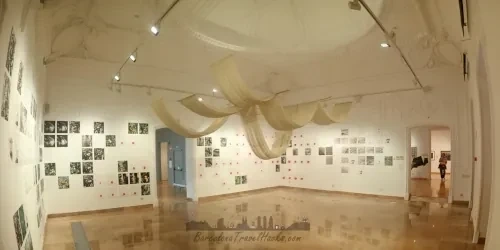Warning: Undefined array key "HTTP_ACCEPT_LANGUAGE" in /home/barcjkkl/public_html/App/Config/MySQL/language.php on line 32
Deprecated: explode(): Passing null to parameter #2 ($string) of type string is deprecated in /home/barcjkkl/public_html/App/Config/MySQL/language.php on line 36
Tarragona Roman Wall And Gardens (archaeological walk)
Tips, tickets and opening hours for visiting the MHT museum of the old roman city wall, gardens & later medieval fortifications of cannons
About Tarragona Roman Wall & Gardens (archaeological walk)
The archaeological walk is along the kilometre of Roman wall that surrounds the old town of Tarragona, between the original Roman Wall and the outer countermure defence wall which was added later. We can see additions from modern times and visit the Arquebisbe and Minerva towers.
The wall was the first major construction by the Romans shortly after settling on the site, originally a wooden structure. The original military settlement was the origin of the future city of Tarraco. The Roman city quickly became the bridgehead due to the arrival of reinforcements from Rome which resulted in the need to strengthen the defences that existed until then. Between 217 and 197 BC, the first stone wall was built. It consists of uneven stone blocks reinforced with towers at the most vulnerable points. The height of the perimeter walls was 6 meters and the thickness 4.5 meters with taller towers.
The most widespread opinion is that around the years 150 and 125 BC the wall was strongly transformed and grew in extension, height and width. In this way it came to encompass the entire city to the port. The wall also served as living space on the inside.
The wall no longer encircles the old part of Tarragona town but sections of it remain. The most substantial remains are three towers and a section of one kilometre from behind the cathedral to Portal de Roser. The space on the outside of the wall is now a public garden and is a nice walking route that has views over Tarragona facing inland.
The wall construction in the archaeological walk has additions from the 16th and 18th centuries when it was reinforced with bastions, a false countermure and small forts on the outside. Along the archaeological walk you will have the roman wall on one side of the gardens with the medieval later modifications and cannons on the other side.
Image Gallery for Image Gallery For Tarragona Roman Wall & Gardens (archaeological walk)
Click on any of the 56 images to open full screen gallery player
Visiting Tarragona Roman Wall & Gardens (archaeological walk)
When I visited the wall and gardens entry was free, However it may now be charged entry and if so it constitutes part of the MHT collection so can be done with the combined MHT ticket or as an individual ticket.
- Tuesday to Friday: 09:00h to 20:30h.
- Saturday: 09:00h to 18:30h.
- Sunday and Holiday's: 09:00h to 14:30h.
- Closed: Monday's and 5th April.
- Open mornings only: 1st May, 24th June, 19th August, 11th September and 23rd September.
Tarragona Roman Wall and Gardens Opening Hours
Summer: 1st April to 30 September.
- Tuesday to Friday: 09:00h to 19:00h.
- Saturday: 09:00h to 18:30h.
- Sunday and Holiday's: 09:00h to 14:30h.
- Closed: Monday's, 24th December, 25th December, 26th December, 31st December, 1st January, 6th January, 1st November.
- Open mornings only: 12th October, 6th December, 8th December.
Winter: 1st October to 31 March.
Free Entry:International museum day in May, 19th August, 18th September, 23rd September, 8,8 and 10th October. The last Tuesday of January, February, march, May, October, November and December.
Access closes 30 minutes before final closing time.
What to take with you for What to take with you for Tarragona Roman Wall & Gardens (archaeological walk)
Roman Tarragona Wall And Gardens paths are ramps with the entrance section being ramps with small steps.
There are no bicycle anchorage points near to the museum.
Large rucksacks and bags will not be permitted inside the Roman Tarragona Wall And Gardens, nor is there space in reception to leave them. I was allowed inside with my small 10L museum rucksack.
There is no audio guide but information plaques at various points.
Tarragona Roman Wall & Gardens (archaeological walk) Summary of Prices Summary of Prices
Getting to Tarragona Roman Wall & Gardens (archaeological walk)
Address: Passeig Arqueologic S/N, Tarragona, 43003
Map for Tarragona Roman Wall & Gardens (archaeological walk)
Weather for Tarragona Roman Wall & Gardens (archaeological walk)
Where to stay overnight near Tarragona Roman Wall & Gardens (archaeological walk)
10 Nearby Attractions to Tarragona Roman Wall & Gardens (archaeological walk)
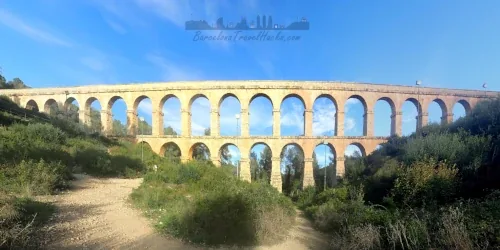
Tarragona Roman Ferreres aquaduct | Pont del Diable
Roman aqueduct crossing Barranc del Diable river valley on the outskirts of Tarragona. Visitor tips for walking along the top & getting to information
Read more >

Tarragona Roman Ferreres aquaduct | Pont del Diable
Roman aqueduct crossing Barranc del Diable river valley on the outskirts of Tarragona. Visitor tips for walking along the top & getting to information
Read more >
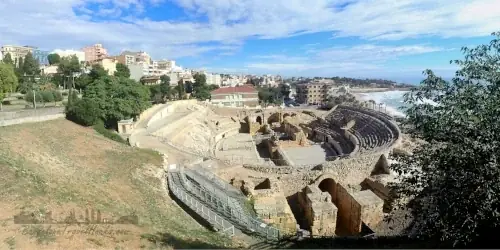
History of Tarragona Museum Roman Amphitheatre
Discover the Tarragona 2nd Century Roman amphitheatre. opening hours, ticket options, top tips for visiting the Museum of History Tarragona (MHT)
Read more >
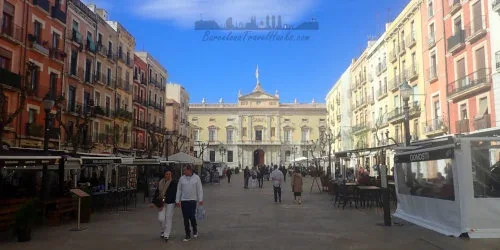
Tarragona Part Alta Historic City Centre
Walking route around Roman and Medieval walled historic centre of Tarragona, known as Part Alta because of it's location on a rocky 160m high plateau
Read more >
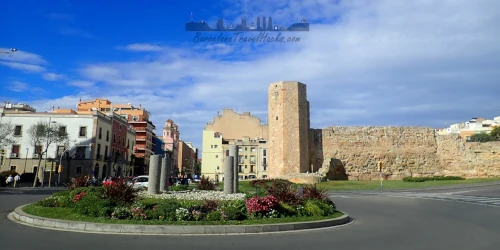
History of Tarragona Museum Roman Circus & Praetorium
Discover the Tarragona 1st Century Roman Circus And Praetorium. opening hours, ticket options, top tips for visiting the Museum of History Tarragona (MHT)
Read more >
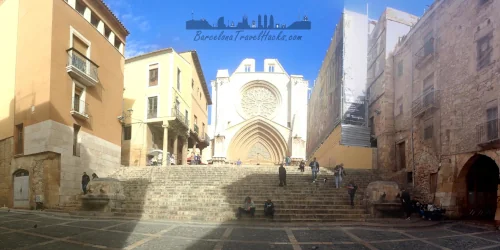
Catedral de Santa Tecla de Tarragona
Romanesque Cathedral or Moorish temple, cloister and Diocesan Museum, dating from 1154. Tickets and essential visitor information
Read more >
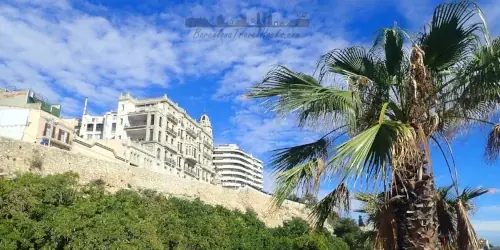
Tarragona Mediterranean Balcony | Balcó del Mediterrani
An urbanised cliff top pedestrianised boulevard with viewpoint over the Mediterranean coastline, Port, beach & Roman Ampitheatre
Read more >
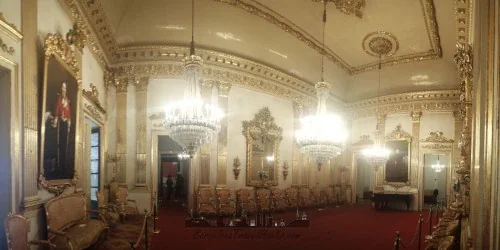
History of Tarragona Museum Casa Canals
18th Century Neoclassical stately house ceeded to Tarragona city by the Canals Family in 1992 and opened as a Museum. Famous for the grand ballroom
Read more >

History of Tarragona Museum Casa Castellarnau
Carrer Cavallers was where the city's leading noble families had their homes and palaces from the middle ages & 18th-20th centuries. Today a spectacular museum
Read more >
